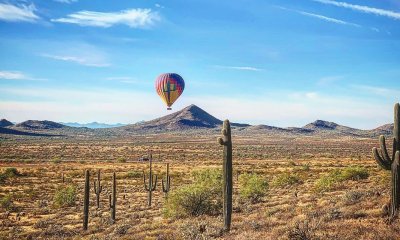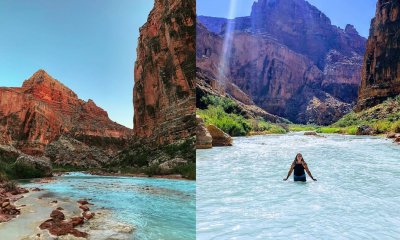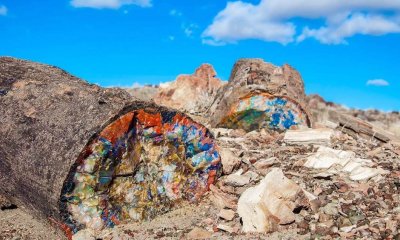Arizona
Do You Know These 4 Important Haboob Facts?
A haboob is an intense dust storm that often appears in desert climates. Arizonans have all experienced a haboob at least 100 times in their lives. Haboobs are most common during monsoon season.
1) The Term “Haboob” Comes From the Arabic Word “Habb,” Meaning Wind
If you aren’t from Arizona, there’s a good chance you’ve never heard of haboobs before. No worries, though! You’re about to learn everything you need to know. A haboob is an intense dust storm that is carried on an atmospheric gravity current. When conflicting winds cause a thunderstorm to collapse, a downdraft of cold air, also known as a downburst, is pushed down to the surface where it blows up dust (made up of things like loose clay and silt). The result is a huge wall of dust in front of the storm cloud.
These walls of sediment can be as big as sixty-two miles long and extend nearly a mile into the air. The winds pushing this cloud can top sixty miles per hour, too!
2) Haboobs Can Happen All Over the World!
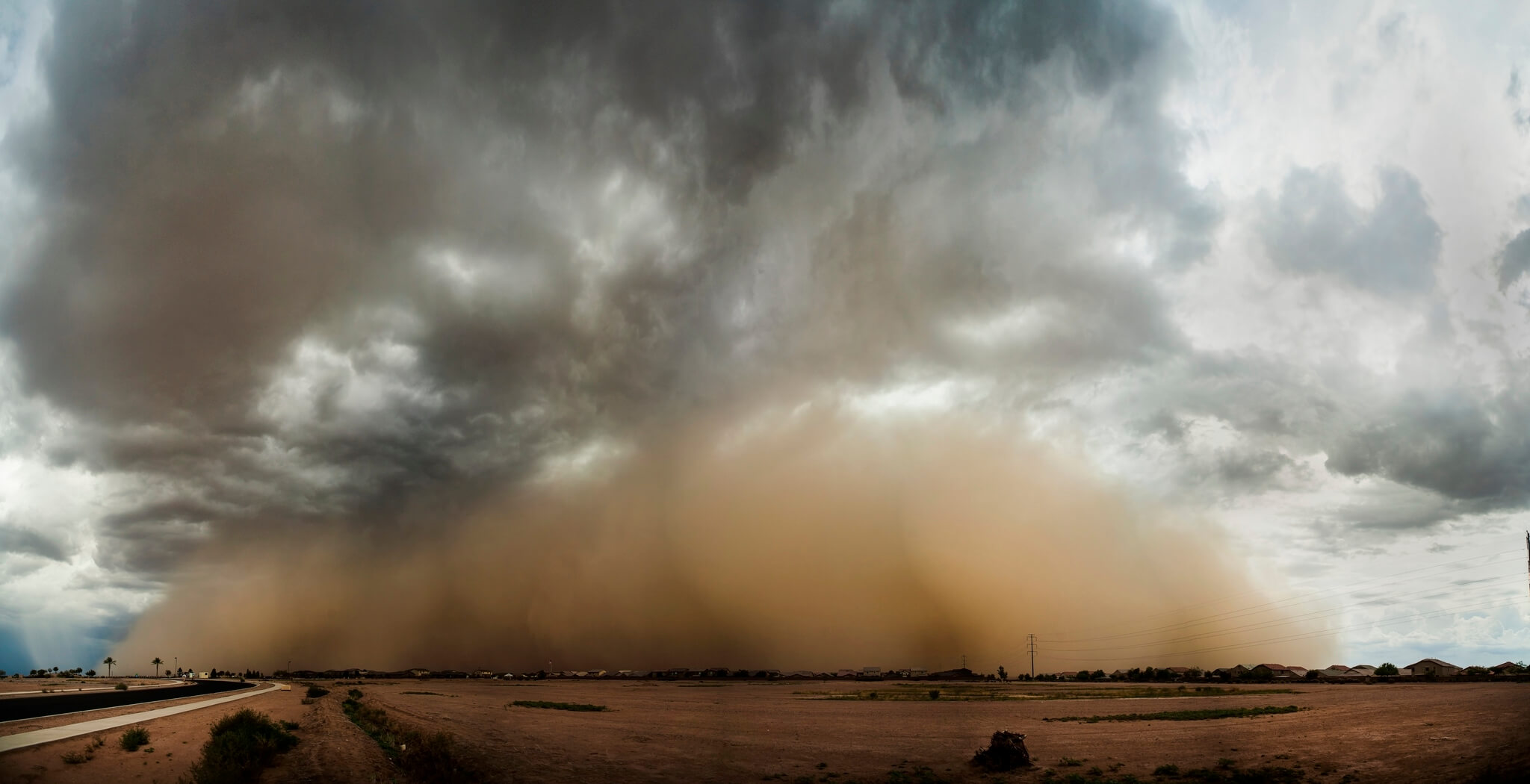
In America, haboobs only occur in dry areas — usually arid and semiarid areas. This makes Arizona a great candidate, especially Phoenix and Yuma. New Mexico, Texas, and parts of California are other places you have to look out for this phenomenon.
A Haboob can happen outside of North America as well! In North Africa, haboobs bring in moisture from the Gulf of Guinea. In the Australian deserts, haboobs can be particularly bad. Debris can reach several kilometers into the sky and they sometimes leave up to a foot of dust in their wake. The deserts of the Middle East, and the Sahara, commonly have haboobs also. Haboobs were actually named in Sudan! Collapsing thunderstorms in the Arabian Peninsula, Kuwait, and Iraq also brew up haboobs!
3) Unfortunately, Haboobs Can Cause Some Major Damage
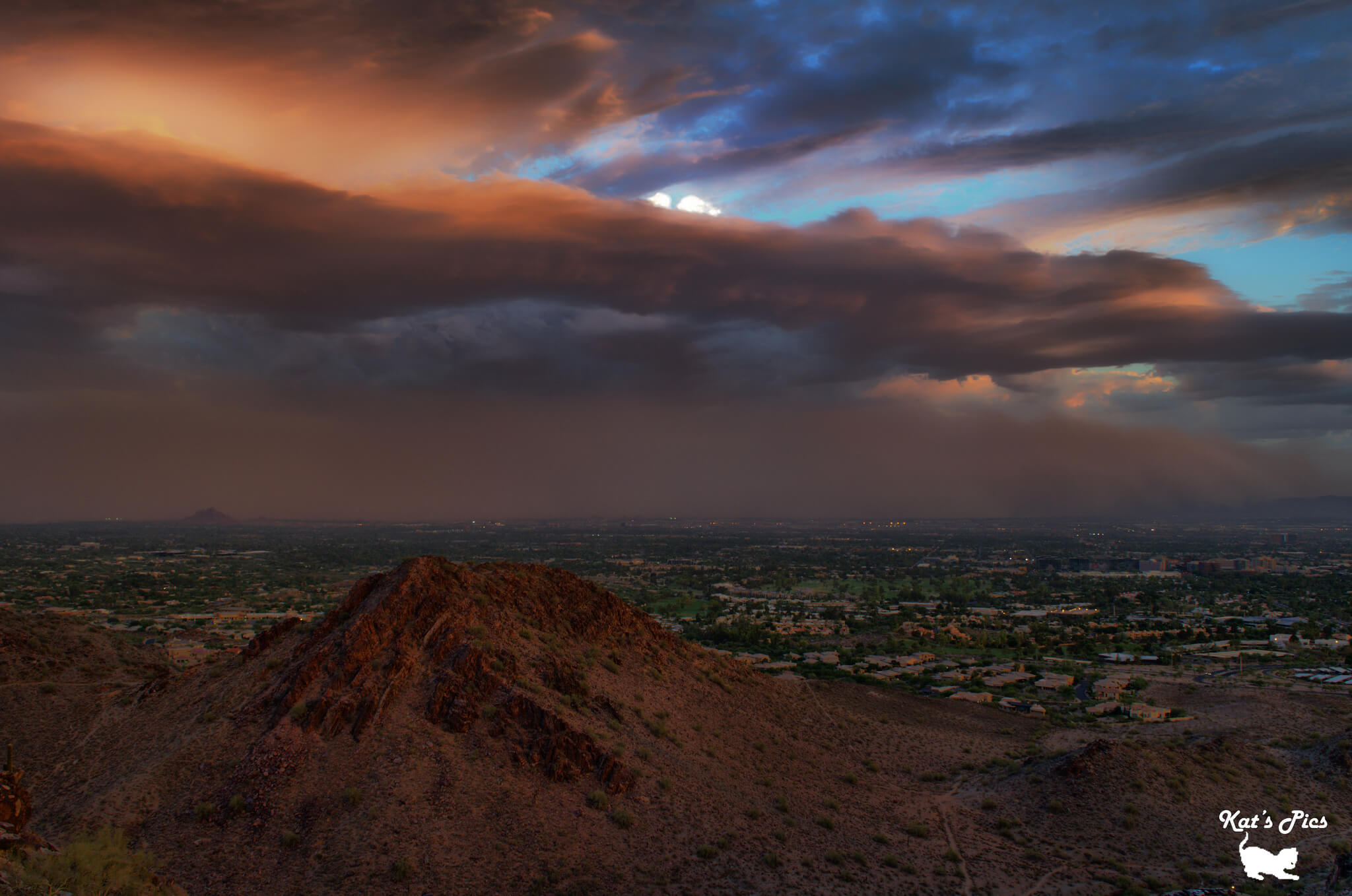
These storms have been known to last up to three hours! While they are the largest and most dangerous variety of dust storms, thankfully, they don’t happen very frequently. For example, The National Weather Service estimates that Phoenix experiences about three haboobs per year, normally between the months of June and September.
In 2011, Phoenix was struck by what many meteorologists who have worked in Phoenix for all their lives called the “most significant” dust storm they had ever witnessed. This storm topped the charts in size, speed, and duration, and brought the city to a standstill. Roadways and highways became parking lots, and delays at the nearby Phoenix Sky Harbor International Airport meant that no one was getting anywhere fast. The days following this historic storm were dominated by a widespread cleanup effort to reclaim the city from the newly deposited layers of dust.
4) It’s Important to Learn What to Do if a Haboob Appears
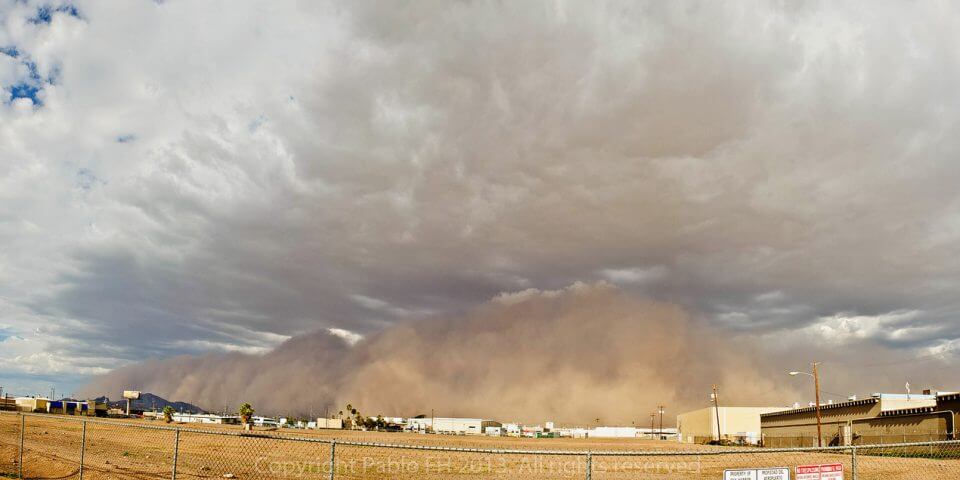
A haboob can arrive quite unexpectedly, so it’s difficult to be prepared for one. If you ever find yourself driving when a haboob appears, you should immediately pull off to the side of the road, because visibility will be very poor. Be sure to turn all of your lights off, because other cars may be trying to use your tail lights as a guideline, and you don’t want them to drive off of the road or hit you. If you aren’t able to pull off of the road, drive as slowly as you need to until visibility increases. Thick dust can make it difficult to breathe as well, so you should always stay inside until the storm has passed. While a haboob can make quite the mess, they aren’t known for causing many fatalities. By knowing the precautions to take during these storms, everyone can stay safe and appreciate this weird weather phenomenon!
Still Curious? Check Out This Crazy Footage of a Recent Arizona Haboob!
[youtube]https://www.youtube.com/watch?time_continue=237&v=Y8FA4UP2nv4[/youtube]












